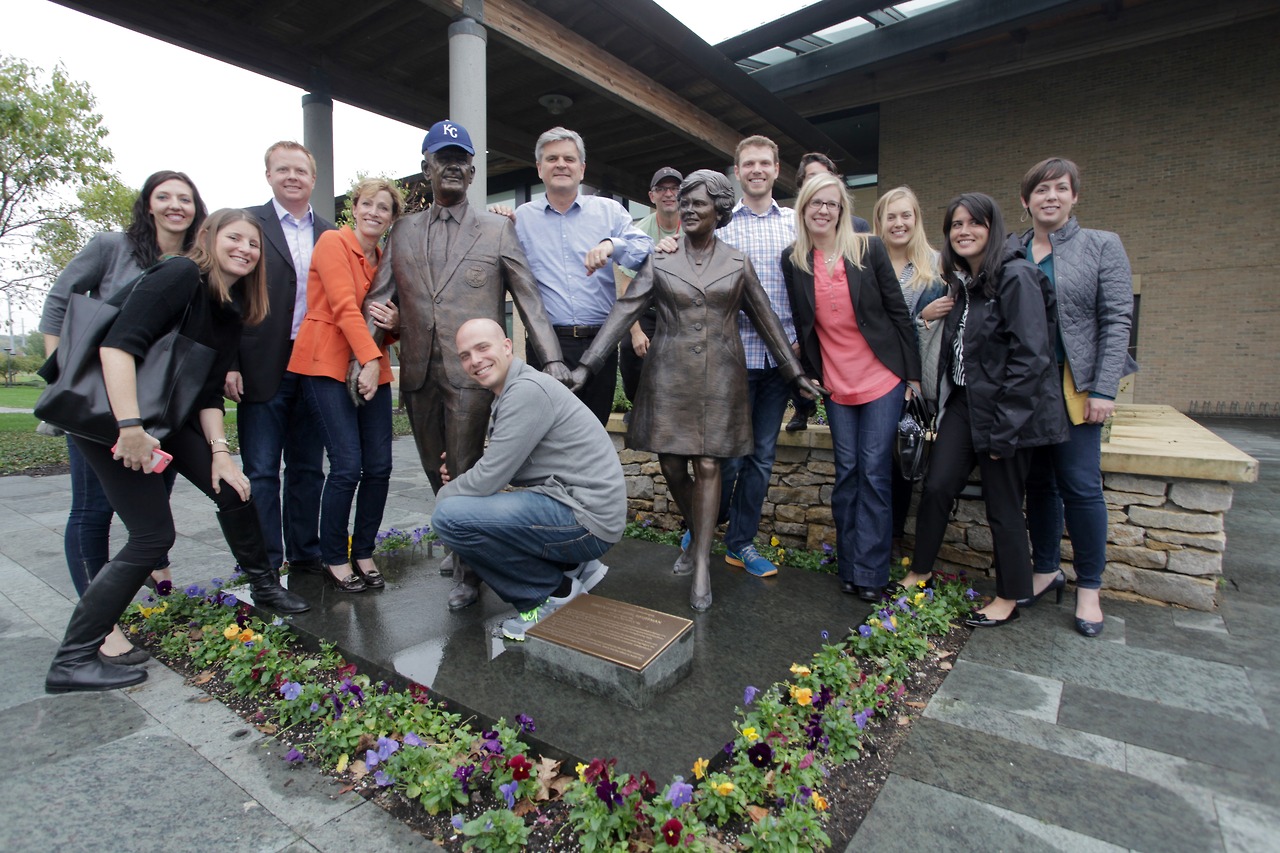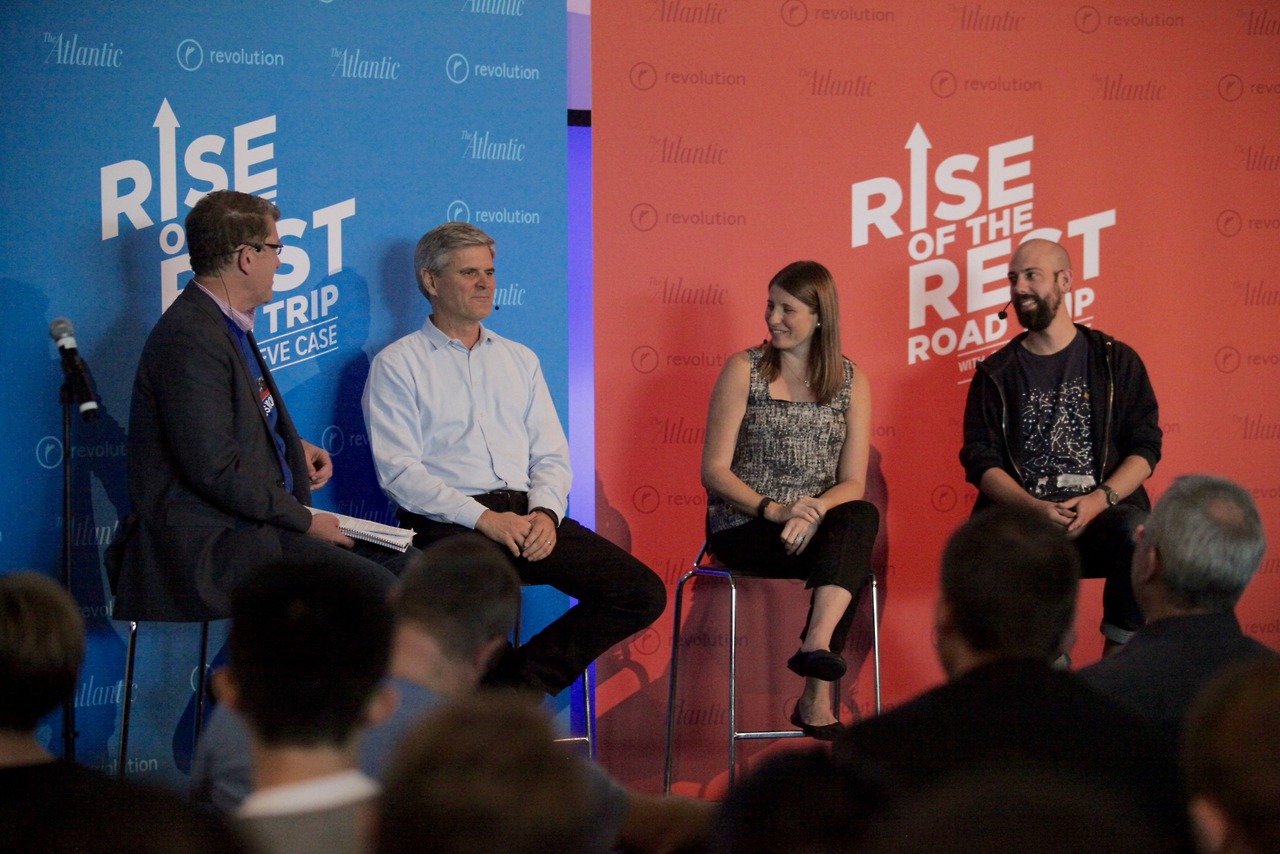Bad patents hurt innovation. This is especially true when they end up in the hands of patent trolls, who often use them indiscriminately to extort settlement payments. While we are glad to hear the Patent Office (PTO) has been increasing its efforts to improve the patent examination process and, in turn, patent quality, a recent government oversight hearing in Congress on telework abuse brought to light several PTO management practices that can’t help but hurt progress toward increased patent quality.
Some background on the joint House Judiciary and Oversight hearing: The PTO has long been recognized as a leader in telework, allowing employees the flexibility to work from home, and has leveraged it recruit and retain examiners. A few years ago, serious allegations surfaced regarding time and attendance fraud and ineffective oversight regarding the telework program. In response, the PTO conducted an internal investigation and issued a report in July 2013. Unfortunately, that report was considerably watered down from a more critical draft report, which—perhaps not surprisingly—was never released.
At the hearing, Oversight Chairman Issa, who has a few dozen patents of his own, emphasized the importance of patent quality; he even joked that he was sure some of his patents were invalid. Judiciary Chairman Goodlatte and Congressmen Connelly and Cummings zeroed in on PTO practices that hinder quality, and called for a reassessment of performance metrics to ensure that quality is not sacrificed to quantity. We couldn’t agree more.
Chairman Goodlatte and others expressed concerns about the examiner “count system,” which creates a series of incentives for examiners, essentially giving them credit for accomplishing certain tasks, e.g., approving a patent application. The count system is often criticized for pushing examiners to not give patent applications the time they really deserve and, as a result, issue unworthy patents. There have been efforts to reform the count system, however any real change has gotten mired in negotiations with the Patent Office Professional Association, otherwise known as the Patent Examiners Union.
Another issue that came up was "end-loading” of work by examiners at the tail end of each quarter and how that practice undermines quality. Supervisors, who have limited time to review the quarter’s work, cannot effectively monitor the quality of work submitted when it comes in a flood of end-of-quarter submissions. Apparently, the practice is rampant. At the hearing, PTO representatives reported that they were in discussions with the Union to address end-loading, but no details were provided as to how or when that would happen.
The patent system in this country is not working, and startups and small inventors, faced with a growing patent troll problem, shoulder the resulting costs. As Congress and the courts work to fix the problem, the Patent Office, too, must do its part. The mismanagement that came to light during the recent congressional hearing leads directly to more low-quality patents, which are a patent troll’s favorite weapon.
The good news is that President Obama recently nominated Michelle Lee to direct the Patent and Trademark Office. Michelle Lee, who currently acts as the agency’s deputy director, would not only be the first woman and first minority to hold that post, but she has a background rare in a long lineage of PTO directors: a patent lawyer from Silicon Valley who has worked for and at companies who operate in the software space. For all these reasons, and more, we strongly support Michelle’s nomination, and recently said so in a letter to Senators Leahy and Grassley.
We’re hopeful that under strong leadership, the PTO can clean up the problems that plague it and, in turn, return to its core mission of issuing patents that actually incentivize innovation instead of hindering it.























 What became obvious to us during our visit to this accomplished city is that there’s still immense potential for growth in the concentration and network of startups here. There’s room for the startup community to encourage more collaboration, garner more support and become more recognized in this city where the Fortune 500 companies remain the dominant economic influence. Steve Case and the Rise of the Rest team shared ideas about how to enliven this startup ecosystem, including encouraging big businesses to become customers of smaller ones, creating opportunities for mentorship, and sponsoring more initiatives like the Minnesota Cup, an annual competition that rewards new business ideas. Considering how things are going, we look forward to seeing what the entrepreneurs of the Twin Cities do next.
What became obvious to us during our visit to this accomplished city is that there’s still immense potential for growth in the concentration and network of startups here. There’s room for the startup community to encourage more collaboration, garner more support and become more recognized in this city where the Fortune 500 companies remain the dominant economic influence. Steve Case and the Rise of the Rest team shared ideas about how to enliven this startup ecosystem, including encouraging big businesses to become customers of smaller ones, creating opportunities for mentorship, and sponsoring more initiatives like the Minnesota Cup, an annual competition that rewards new business ideas. Considering how things are going, we look forward to seeing what the entrepreneurs of the Twin Cities do next.